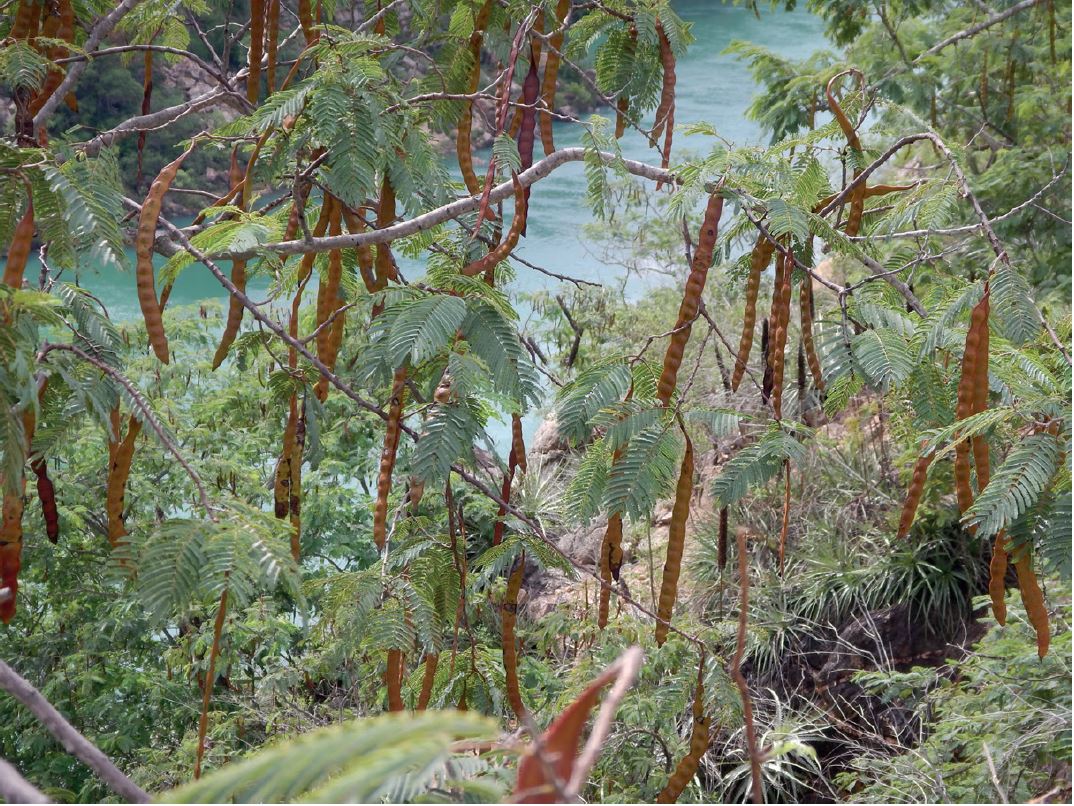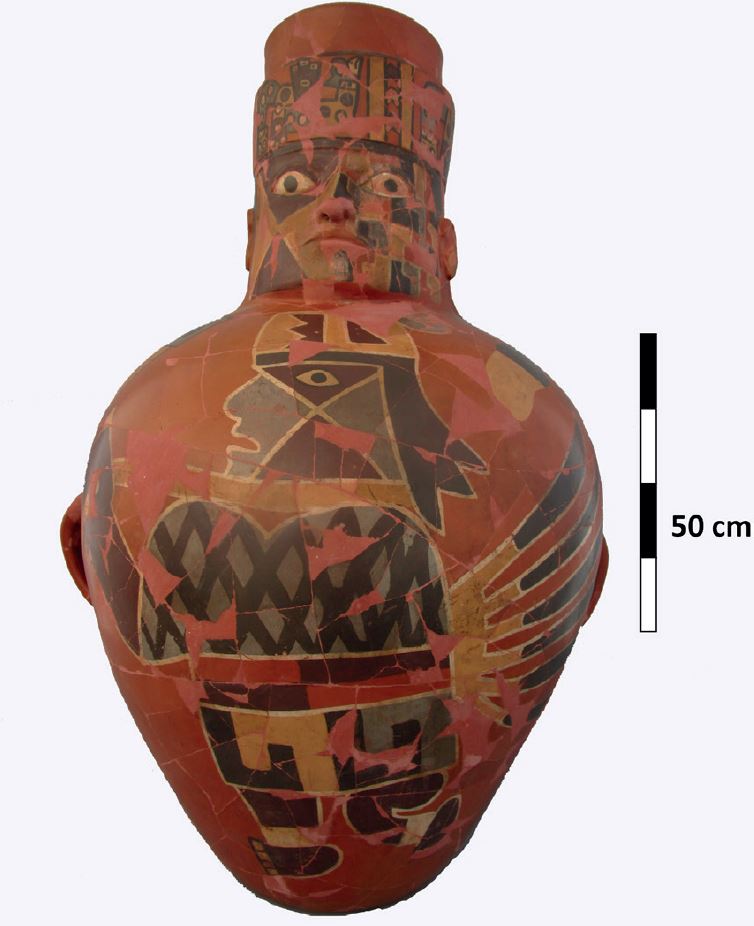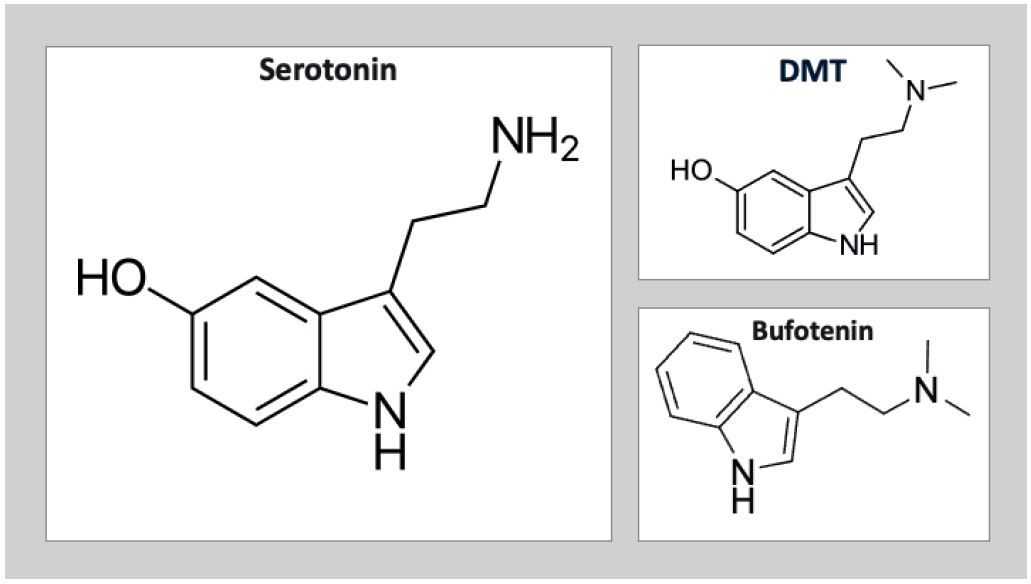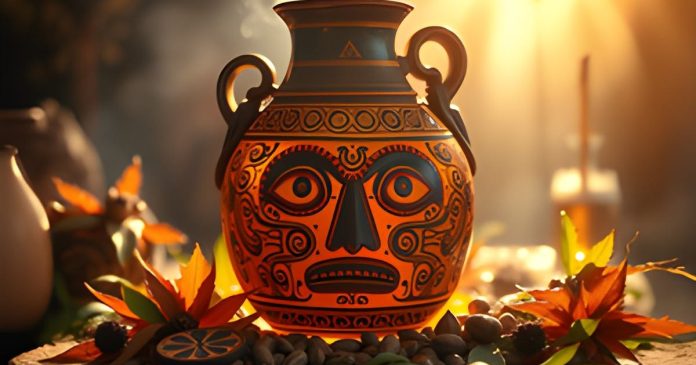Psychedelic beer used by Wari to unite empire wasn’t just a ceremonial drink; it was a political tool. This potent brew, infused with the psychoactive vilca seed, helped transform strangers into allies and enemies into friends. The Wari Empire, which flourished in the central Andes between 600 and 1000 CE, used this beer to build cohesion across a fragmented landscape.
What Was in the Psychedelic Beer?

The Brew used by Wari to unite empire combined two key ingredients: molle and vilca. Molle, from the Schinus molle tree, produced a high-alcohol beer. Vilca, the seed of Anadenanthera colubrina, contained bufotenin and trace amounts of DMT. These compounds are chemically similar to serotonin and can activate the brain’s 5-HT2A receptors.
When consumed together, molle and vilca created a mild but lasting psychedelic experience. Molle’s natural monoamine oxidase inhibitors (MAOIs) allowed vilca’s psychoactive compounds to bypass digestive breakdown. This made the beer orally active, unlike vilca snuff, which hits hard and fades fast.
How the Wari Brewed Connection
Psychedelic beer used by Wari to unite empire was more than a drink. It was a ritualized experience. Wari elites hosted feasts in enclosed patios, where guests shared food, drink, and ceremony. These events weren’t passive spectacles. Everyone contributed. Lower-status families brewed the beer and prepared the food. Elites offered the venue and the ancestors.

Face-necked jars representing revered ancestors often held the beer. Guests drank from these vessels, symbolically receiving the brew from the dead. The beer’s effects—mild hallucinations, emotional openness, and ego dissolution—created a shared altered state. This state encouraged empathy, trust, and a sense of belonging.
A face-necked jars from Conchopata that may have been used to hold beer
during Wari feasts (photo by José Ochatoma). Source: DOI: https://doi.org/10.35424/rearam.i43.6051
The Science Behind the Strategy

The concoction used by Wari to unite empire worked because of how psychedelics affect the brain. Modern studies show that compounds like bufotenin and DMT increase neural plasticity. They stimulate dendritic growth and enhance connectivity across the cortex. These changes can last for weeks or months.
Users often report increased openness, reduced neuroticism, and stronger feelings of social connection. These effects persist long after the trip ends. In the Wari context, even occasional consumption—two or three times a year—could have rewired social behavior. The result: a more cohesive, cooperative population.
From Violence to Freindship
Psychedelic beer used by Wari to unite empire helped smooth the rough edges of conquest. The Wari expanded into regions marked by conflict and fragmentation. Their art glorified warfare, and archaeological evidence shows high rates of cranial trauma. Yet violence alone couldn’t sustain an empire.
Feasting offered a different path. By inviting locals into elite compounds, Wari leaders created opportunities for alliance. The beer helped dissolve suspicion. It turned wary neighbors into ritual family. Over time, these bonds stabilized the empire’s political economy.
Ayahuasca as a Modern Parallel
This method used by the Wari has no exact modern equivalent. But ayahuasca offers a useful comparison. Like vilca beer, ayahuasca combines DMT with MAOIs to produce a long-lasting psychedelic experience. Studies of ayahuasca users show reduced depression, increased empathy, and improved social functioning.
These effects mirror what the Wari likely achieved with their beer. The afterglow, lasting weeks or months, would have reinforced the social bonds formed during feasts. Regular use could have created a new cognitive baseline, one more open to cooperation and less prone to conflict.
Ritual, Not Recreation
The beer wasn’t just recreational; it was sacred. The setting mattered. Feasts took place in high-walled patios, often near ancestor tombs. The beer was offered in ceremonial vessels. The experience was collective, immersive, and emotionally charged.
This context amplified the beer’s effects. Guests weren’t just drinking; they were participating in a transformation. The beer, infused with vilca and blessed by ancestors, became a medium for social alchemy. It turned fragmented communities into a unified polity.
Archaeological Evidence
Psychedelic beer used by Wari to unite empire is supported by multiple lines of evidence. Chemical analysis of Wari vessels reveals residues of molle and vilca. Depictions of vilca pods appear in Wari art. Seed remains have been found in feasting contexts alongside spent molle drupes.
The brewing process left morphological traces on the drupes. These signs, combined with the presence of MAOIs in molle, support the hypothesis that the beer was psychoactive. The archaeological record aligns with the psychological effects described in modern psychedelic research.
Strategic Empathy
The Wari’s intent was strategic. Wari leaders understood that building an empire required more than force. They needed followers who felt connected, not just conquered. The beer helped create that connection.
By inducing empathy and openness, the beer made it easier to form alliances. It softened the psychological barriers between groups. It made the idea of shared identity feel natural, even inevitable. In short, it made empire feel like family.
Implications for Understanding Ancient States
What the Wari did challenges how we think about ancient governance. It suggests that psychological tools were as important as military or economic ones. It also shows that altered states of consciousness were central to their culture.
This insight opens new avenues for interpreting the role of ritual, feasting, and psychoactive substances in state formation. It invites us to consider how mind-altering experiences shaped political realities. And it reminds us that the brain, like the body, can be a site of governance.
Conclusion
Psychedelic beer used by Wari to unite empire was a powerful tool of integration. It combined chemistry, ritual, and social engineering to build cohesion across a diverse landscape. The beer’s effects, both immediate and long-term, helped transform a patchwork of communities into a functioning empire.
As modern science uncovers the enduring impacts of psychedelics on the brain, the Wari case offers a compelling historical parallel. It shows how ancient societies may have used these substances not just for vision quests, but for nation-building. And it suggests that the path to unity sometimes runs through the shared cup.
If you like this story check out Mummified Nazca Heads Speak: A Trip from Hell Retold by Science

